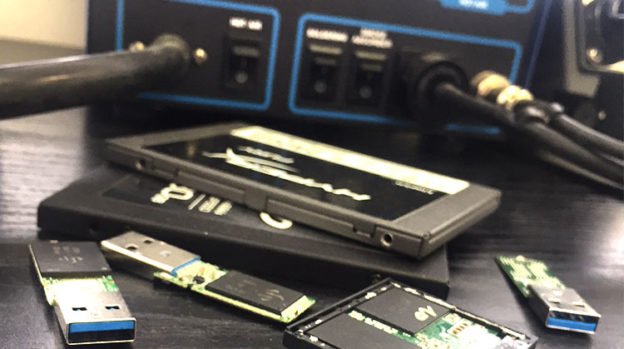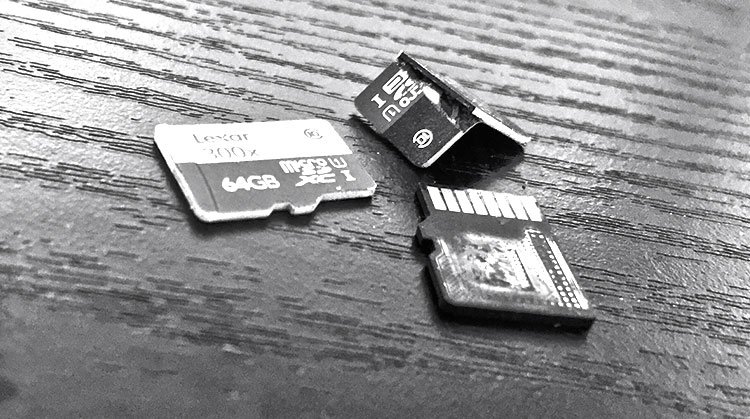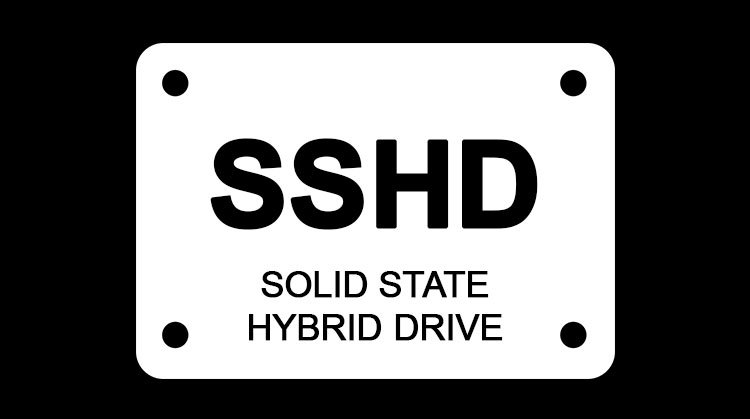
As we continue to move into the future, more advanced technology becomes available. This sometimes makes data recovery easier with new tools and hardware being developed. However, there are still challenges facing data recovery processes as a whole.
Here is what I consider the most interesting of the upcoming challenges to face data recovery with ongoing advancements in technology:
Monolithic Dilemma
You’ve heard the saying that size matters, right? In the world of electronics, there couldn’t be a more accurate statement. Well, thanks to the ongoing trend in electronics to make gadgets smaller, it also means that in addition to shrinking sizes of hard drives, SD cards and USB drives, the space in which these components are expected to function also shrinks. An example of a shrinking component would be a micro SD card. These things are tiny, not quite the size of a peanut and yet they are capable of a capacity of up to 512 GB of data – at the present time. When you look at it, all you see is a small piece of plastic with everything integrated inside of it. That includes a NAND flash memory, controller, translator and anything else you would typically find in a 500 GB hard drive. Remember, all of that is squished into the inside of this really tiny piece of plastic. Although manufacturers still leave outputs on these mini cards for PINOUT recovery attempts, the reality is that recovering anything from a micro SD card is slim to none. I also expect to see even smaller SD cards coming out that will make it even harder to attempt any kind of recovery.

Encryption Everywhere
Pretty much everything is encrypted these days. What creates the challenge is that encryptions today are not like they used to be. Simple passwords are pretty much a thing of the past thanks to the advent of 256-bit encryption that is impossible to crack with any machine currently available to the general public. Hard drives, mobile devices, SSDs and even some of the newer laptops are all carrying manufacturers’ encryptions that are set by default. All you have to do is lose the AES key and you’re done – your data is gone. Plus, the encryptions are not always obvious to the user. An example would be an SD card from a mobile device that you don’t know is encrypted until you try to use it in a different mobile device. That leaves you stuck with bricked media if the original device was either restored or reset by factory default. Another example is SSD drives where all NAND flash chips are in good working order but the controller dies. With the manufacturer encryption, those good flash chips are now useless to you.
Then there’s this:
Some drives are hitting the market that not only has hardware encryption but also carry software encryption that is set by default by the manufacturer. This creates a double layer of encryption or double trouble, depending on your perspective. Grrrr! With this kind of protection, you are not going to be able to even scratch the surface in data recovery attempts. However, the flip side of the coin is that you can rest assured that no one else is going to be able to steal your data from you either. If that helps any.
And don’t get me started on Ransomware, which is easily the newest plague to make its mark this century.
Invention of Hybrid Drives
Although hybrids are not necessarily a new invention, especially when we are talking about data recovery. They score about 10-percent success and this is why:
Either the flash or platters become defective and since your data is partitioned between them when one dies, the other one becomes obsolete. This renders your data unrecoverable.

But There Is Some Good News
I’ve already sort of hinted at this at the beginning of this article but now I want to expand on it somewhat. With the advancement of technology, there is also an increased development in new tools. As data recovery specialists, we continue to educate ourselves on the new technology as it becomes available. It is through this education that we are able to enhance our present skills. I’m not saying we can crack everything that is coming out of the backend of electronics manufacturing plants, but we do get the opportunity to improve our methods. One of the ways in which we do that is to adapt to what new technology throws in our direction. Eventually, there will be tools to break the 256-bit encryption that will be available to the average consumer. But by the time that happens, encryptions will be much more advanced. By keeping up instead of catching up, we can still be of service regardless of the changes in technology.
